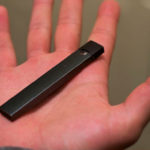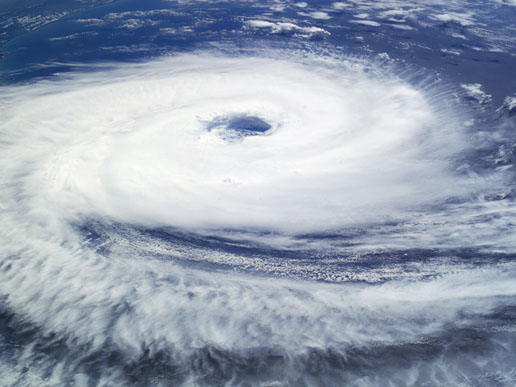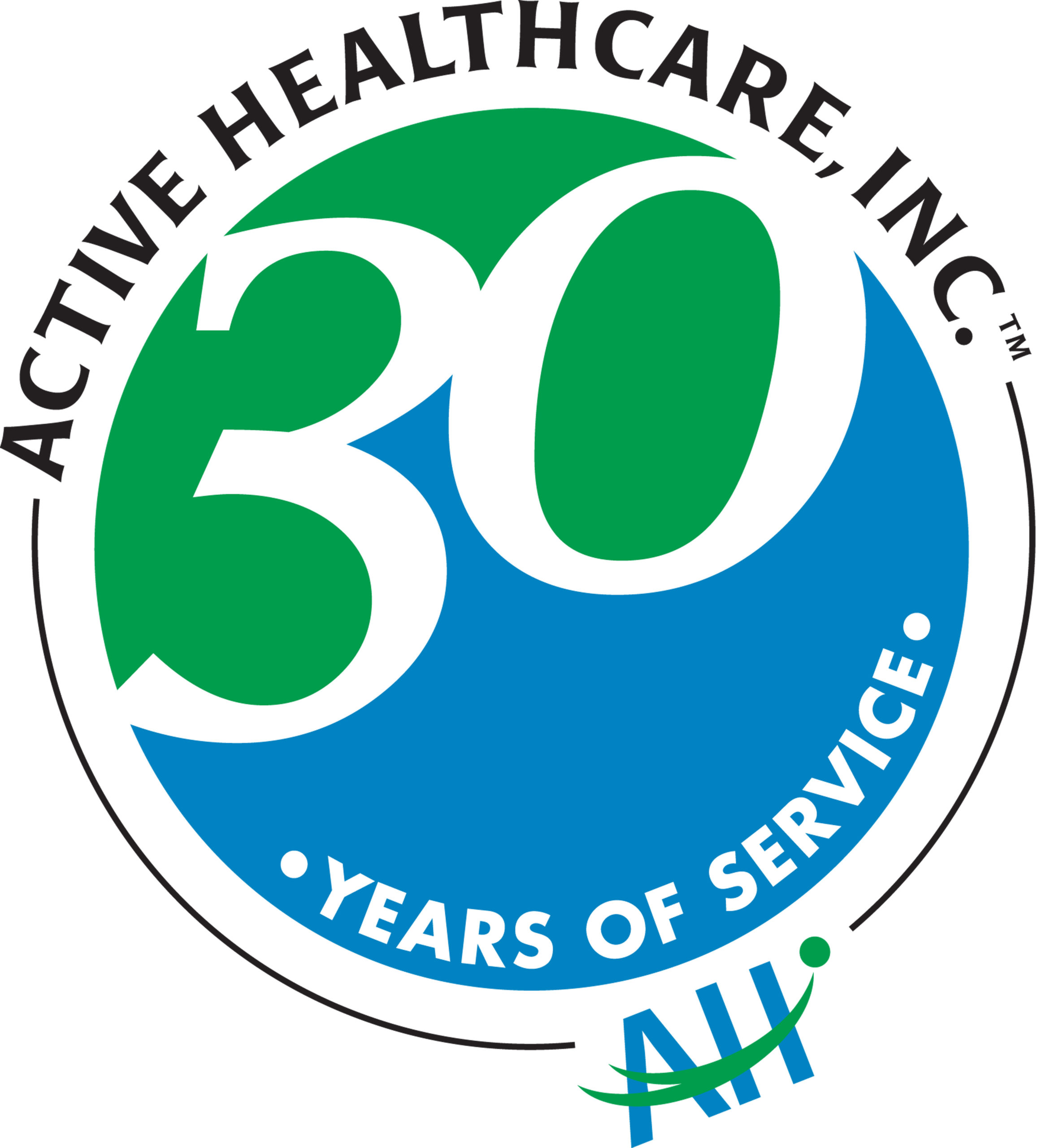There has been extensive research on the microbiome of the human digestive system, but not as much study of the typical bacterium present in our upper respiratory system.
Your Microbiome – Good and Bad Bacteria
Scientists classify bacteria as either beneficial or pathogenic.
You may be familiar with beneficial bacteria found in fermented foods like yogurt that help us digest our food, absorb nutrients and maintain a healthy digestive system. Most of us have been exposed to pathogenic bacteria like the ones that cause strep throat (Streptococcus), pneumonia (Streptococcus pneumoniae) and food poisoning (Escherichia coli and Salmonella).
Study Details
The Yellow Zone Inhaled Corticosteroids to Prevent Exacerbations (STICS) was conducted at the Washington University School of Medicine in St Louis and funded by the National Institutes of Health (NIH).
While the study was seeking to investigate the effectiveness of significantly higher doses of inhaled corticosteroids at the first sign of an asthma attack, the review of the nasal mucous samples revealed a distinct difference in the bacteria profile of the study participant’s upper respiratory biome between control and asthma flare up.
The study found no benefit to the larger doses of medication at the start of an asthma attack.
Study participants included 214 children with mild to moderate asthma that were currently treating their asthma symptoms and flare-ups with inhaled corticosteroids.
Curious Results
Nasal samples were collected from study participants twice. First when their asthma was under control, and when the participants had the signs of an emerging flare-up – known as the “yellow zone”.
The study data revealed that a rapid change occurred in the airway microbiome of study participants as they transitioned from respiratory health to disease.
Asthma in control: Microbiome dominated by beneficial bacteria
Yellow Zone: Microbiome contained bacteria associated with diseases like pneumonia and strep throat – Staphylococcus and Streptococcus.
Future Research Opportunities
This study showed a link between the bacteria and asthma symptoms but did not prove cause and effect.
Future study of the upper respiratory microbiome will help asthma researchers in their development of new asthma treatments. These new treatments might target the bacteria present in the upper respiratory microbiome in hopes of preventing asthma symptom flare ups.
Additional Resources
Study Information – Washington University School of Medicine
The Human Microbiome
Wearable Asthma Informatics: Future of Asthma Care in Children
Hidden Spots for Germs: Home, Office and Doctors Office
















 An incredible amount of research has gone into childhood asthma in the last few years, leading to deeper understanding of the condition and better care for children with asthma.
An incredible amount of research has gone into childhood asthma in the last few years, leading to deeper understanding of the condition and better care for children with asthma. No one should be inhaling any of these toxic substances because they will all cause inflammation in your lungs. Asthma sufferers and those with allergies are especially at risk of exposure to lung irritants. Studies by the National Academies of Science indicate that e-cigarette use increases asthma symptoms such as coughing and wheezing.
No one should be inhaling any of these toxic substances because they will all cause inflammation in your lungs. Asthma sufferers and those with allergies are especially at risk of exposure to lung irritants. Studies by the National Academies of Science indicate that e-cigarette use increases asthma symptoms such as coughing and wheezing. The statistics on the rates of vaping are staggering. In 2018 the CDC reported that 20% of high school students vaped in the past 30 days. Smoking rates in the same age group are actually lower at only 8 percent. The rate of teen smoking continues to fall; it is 50% lower than it was in 2011.
The statistics on the rates of vaping are staggering. In 2018 the CDC reported that 20% of high school students vaped in the past 30 days. Smoking rates in the same age group are actually lower at only 8 percent. The rate of teen smoking continues to fall; it is 50% lower than it was in 2011. Your desk is ground zero for germs in the office. Recent studies showed that your desk can have 400 times more bacteria than a toilet seat. These unfriendly office visitors can survive up to three days on these surfaces. Everyone should disinfect their desk work surfaces including the keyboard, mouse and phone on a regular basis, but during cold and flu season it is even more important.
Your desk is ground zero for germs in the office. Recent studies showed that your desk can have 400 times more bacteria than a toilet seat. These unfriendly office visitors can survive up to three days on these surfaces. Everyone should disinfect their desk work surfaces including the keyboard, mouse and phone on a regular basis, but during cold and flu season it is even more important. The dirtiest parts of your home include the kitchen sink and drain, along with the sponges and dish rags you use to wipe the counter or wash dishes.
The dirtiest parts of your home include the kitchen sink and drain, along with the sponges and dish rags you use to wipe the counter or wash dishes. 
 One of the favorite kid friendly attractions at the fair is the petting zoo. Take the proper steps to protect yourself when visiting all of the adorable baby animals. Close contact with animals can trigger an asthma attack because you may come in contact with proteins that are found in animal saliva, skin flakes, urine and feces.
One of the favorite kid friendly attractions at the fair is the petting zoo. Take the proper steps to protect yourself when visiting all of the adorable baby animals. Close contact with animals can trigger an asthma attack because you may come in contact with proteins that are found in animal saliva, skin flakes, urine and feces. Summer is here! People with asthma should always be prepared for asthma triggers as the weather continues to get hotter.
Summer is here! People with asthma should always be prepared for asthma triggers as the weather continues to get hotter. 





 Plants are frequently used to mediate the effects of pollution and toxins in our external environment. Our indoor environments can contain toxins such as volatile organic compounds (VOCs). Two common indoor VOC pollutants are benzene and formaldehyde. Benzene can be found in plastics, fabrics, pesticides, and cigarette smoke. Common household items such as dish detergent, fabric softener, and carpet cleaners all may contain formaldehyde.
Plants are frequently used to mediate the effects of pollution and toxins in our external environment. Our indoor environments can contain toxins such as volatile organic compounds (VOCs). Two common indoor VOC pollutants are benzene and formaldehyde. Benzene can be found in plastics, fabrics, pesticides, and cigarette smoke. Common household items such as dish detergent, fabric softener, and carpet cleaners all may contain formaldehyde. Spring is in the air, and as temperatures rise, an asthmatic’s symptoms reach their peak.
Spring is in the air, and as temperatures rise, an asthmatic’s symptoms reach their peak.  It’s no secret that tobacco is one of the most common asthma triggers. Tobacco smoke irritates the airways and causes your lungs to produce more mucus. In addition, it weakens the tiny hairs called cilia that sweep away mucus and other irritants that settle in your airways.
It’s no secret that tobacco is one of the most common asthma triggers. Tobacco smoke irritates the airways and causes your lungs to produce more mucus. In addition, it weakens the tiny hairs called cilia that sweep away mucus and other irritants that settle in your airways. Most people are aware of the most common asthma triggers which are referred to as the 3 Ps: pets, pollen, and pollution. Recent studies have brought a new one to light – sugar. The reason? Sugar causes inflammation of the airways. I bet you didn’t know that a little sugar could cause such a reaction.
Most people are aware of the most common asthma triggers which are referred to as the 3 Ps: pets, pollen, and pollution. Recent studies have brought a new one to light – sugar. The reason? Sugar causes inflammation of the airways. I bet you didn’t know that a little sugar could cause such a reaction.














